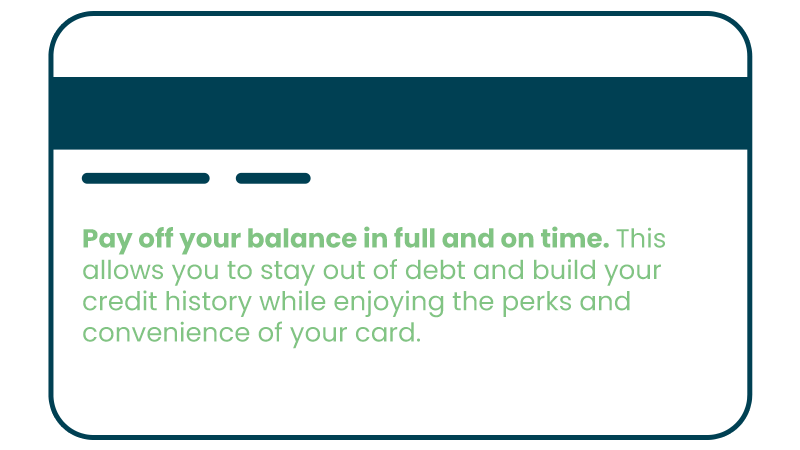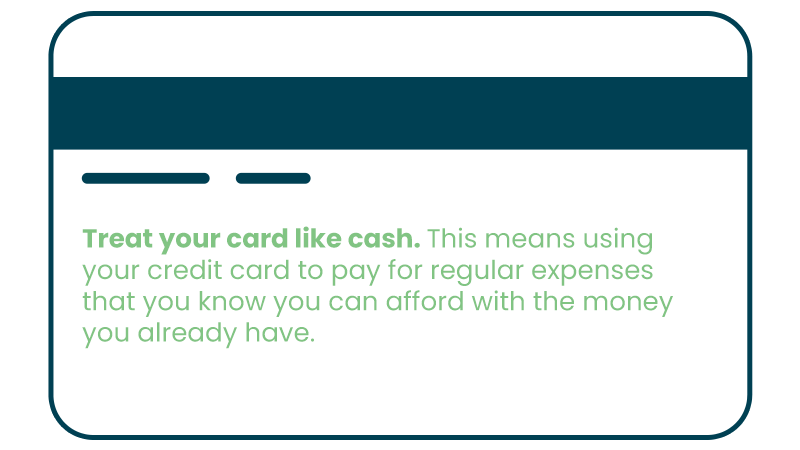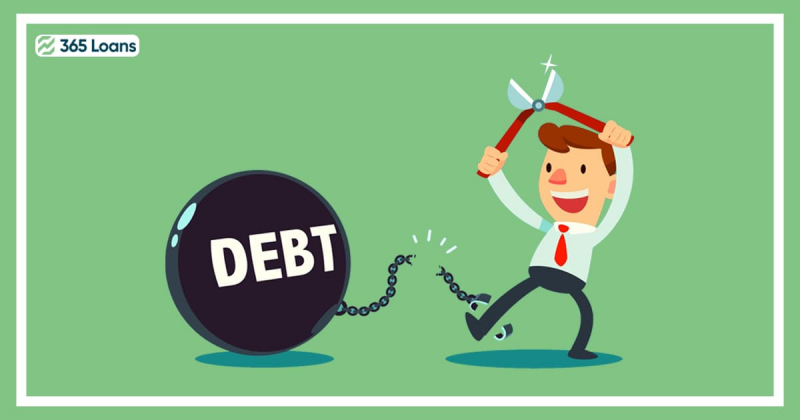Many people in the United States have trouble keeping up with their credit card debt payments, which can negatively impact their credit scores and increase the total amount owed.
Minimal payments can be challenging if you are already struggling financially, leading to a vicious debt cycle. Furthermore, adverse effects on credit scores and rising balances on credit cards can compound an already difficult financial situation.
If you are having trouble keeping up with your credit card bills, you can explore these 4 solutions below that will allow you to keep your head above water while you work to reduce your debt.
1. Contact your credit card provider and explain your current financial predicament
Call your credit card provider as soon as you realize you won’t be able to make your minimum payment. If the corporation doesn’t know, it may fear the worst and react accordingly. Notifying your credit card company can help you prevent negative outcomes and maintain command of the situation.
There is a chance you will be able to work out a manageable payment plan with your credit card issuer. The lender may also reschedule your payments to coincide more conveniently with your pay cycle. In addition, you may reduce credit card interest rates through negotiations.
Get everything in writing that you agree upon. In case the outcome of the account change is not as you had hoped, you should request written confirmation from your credit card company outlining the parameters of the adjustment.

Your credit card issuer may offer hardship or relief programs that are easier on your credit than going into arrears (being late on payments) or being charged off (having your account wiped off as a loss and closed to further charges). However, increases in the ratio of available credit to total debt can harm a person’s credit rating. In addition, a shorter credit history can have a negative effect on your credit score.
2. Seek out credit counseling or a debt management program
Credit counseling services and debt management programs that assist with budgeting are other alternatives for those who need assistance dealing with credit card debt.
A debt management program can help you get back on track financially while saving you money on fees, interest and monthly payments. With the assistance of these services, you may be able to negotiate a more manageable payment plan with your creditors over time. They may also be able to work out a new repayment arrangement with your creditors on your behalf.
Those living in the United States can also access resources such as the Consumer Financial Protection Bureau and Consumer.gov.
3. Examine your financial situation and look for ways to cut costs
Cutting monthly spending that is not required and applying for government aid are two options to explore if you have trouble making ends meet due to budgeting issues. The Low Income Home Energy Assistance Program is one such program that may provide you with a stipend to help with your energy costs.
Some states in the USA additionally provide TANF (Temporary Assistance for Needy Families) benefits, which cover food, housing, energy, childcare, job training, and rent assistance.
Next, consider reducing your spending, returning recent unused purchases, and canceling subscription services like Netflix or cable. Make sure to check these off:
- If you are trying to save money, you might want to eat fewer meals out and more meals in.
- Avoid spending money on gas by working from home.
- You could also consider “pay as you go” auto insurance, in case you do not drive much.
Depending on how much you owe, the money you save from making even a few adjustments might not suffice for paying off your credit card debts in the short term. Therefore, after you have figured out where you can cut costs, you should seek for side gigs to supplement your income, such as:
- Go through your attic or basement and post any unwanted or unused gadgets or household goods on online marketplaces like eBay, Mercari, or Poshmark.
- One option is to become a rideshare driver for Uber or Lyft as a side income.
- When you’re not using your car, you can put it up for rent on Turo.

4. Move debt to a credit card with a 0% intro APR
Apply for a new credit card with a 0% introductory APR and transfer your balances if your credit is still in good enough shape (you have not missed any payments, for example). To qualify for one of these cards, your credit score needs to be at least 670, but moving your credit card debt to a 0% introductory APR type of card might save you time and money.
You need to continue making payments on your new card, even during the intro period, so it is not a good idea if you are already having financial difficulties and cannot make your existing minimum payment. Failure to do so may result in the termination of your introductory 0% APR offer.
Consolidate your debts into one manageable payment by applying for a debt consolidation loan if you have various credit card balances but cannot qualify for a 0% introductory APR offer. While interest will still accrue on your debt, consolidating payments can simplify your life and lower your interest rate.







